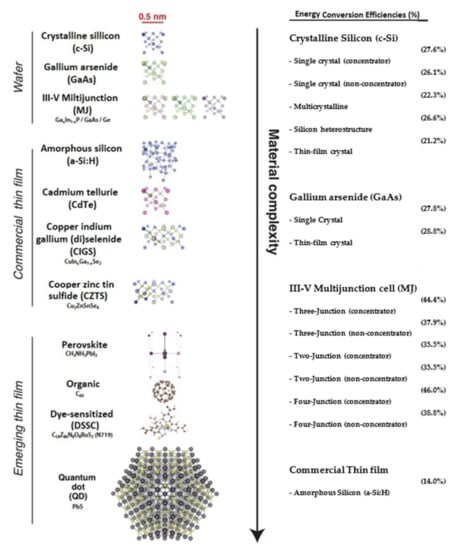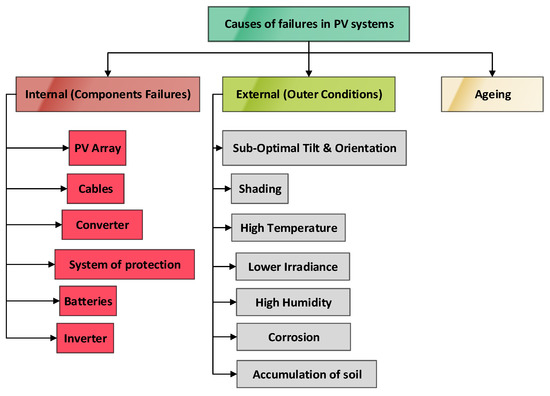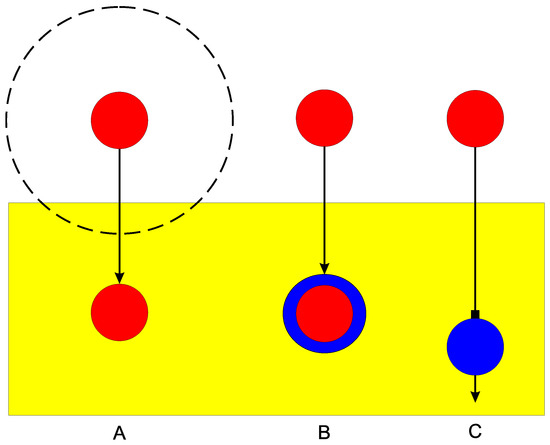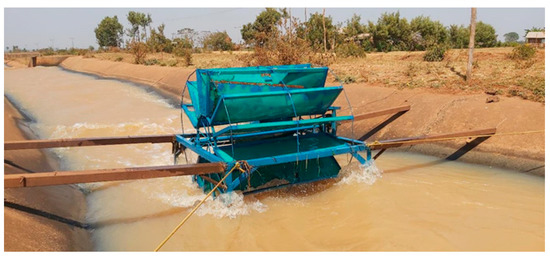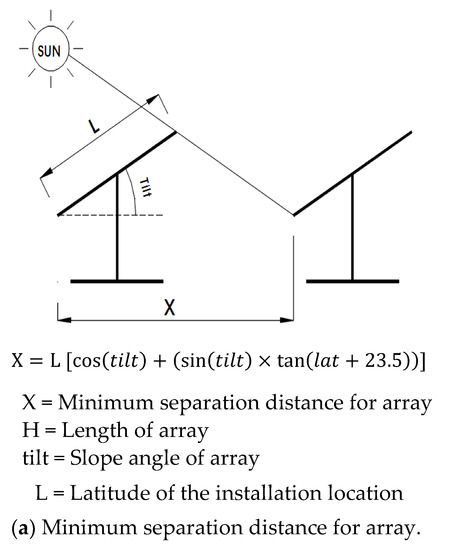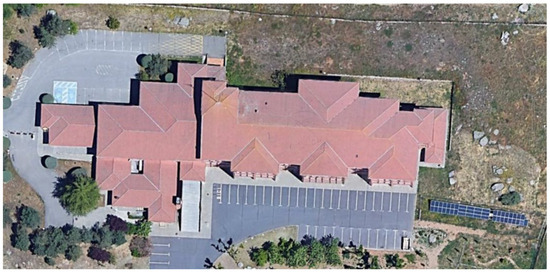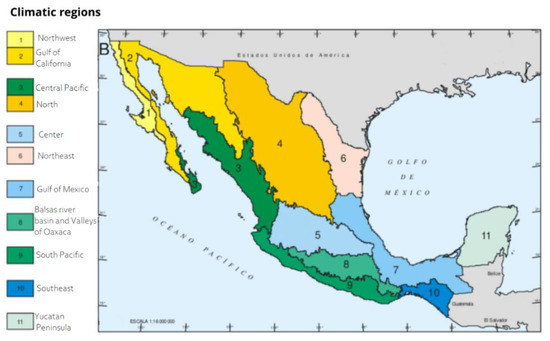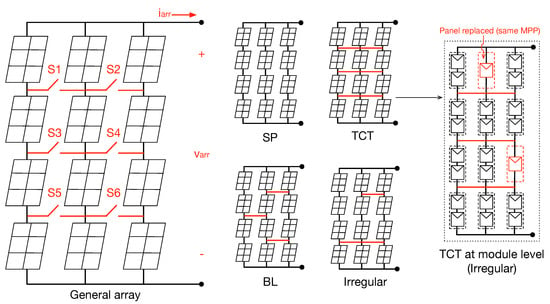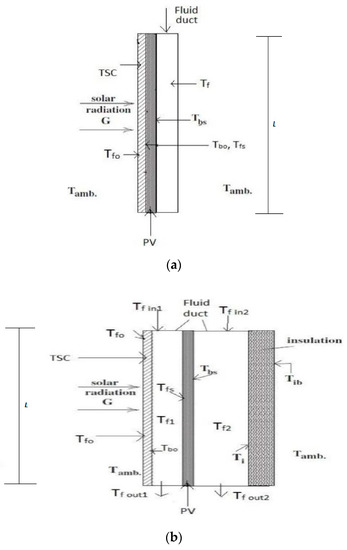Smart Energy for a Sustainable Future. Experiences in Photovoltaic System Monitoring
A topical collection in Sustainability (ISSN 2071-1050). This collection belongs to the section "Energy Sustainability".
Viewed by 57376Editor
Interests: solar radiation; energy harvesting; photovoltaic systems; monitoring; performance analysis of photovoltaic generator; self-consumption; microgrids
Special Issues, Collections and Topics in MDPI journals
Topical Collection Information
Dear Colleagues,
Among the many challenges in science and engineering in recent decades, energy transition has been the most prominent. In this sense, European policies encourage sustainability, energy efficiency, and the implementation of renewable production in order to promote nearly zero energy buildings (NZEBs).
The increasing energy consumption throughout the world, as well as the environmental impact resulting from the use of fossil fuel-based energy have promoted the use of renewable energy sources, such as photovoltaic solar energy. Smart grids are considered as the solution to allow for the optimal management of photovoltaic generation. The control and management of smart grids is based mainly on updating energetic and economic parameters, such as the load consumption and the photovoltaic generation through smart connected devices, which provide real-time operation and energy measurements. The main characteristic of this type of energy is its unpredictibilty, as it depends on meteorological conditions. In this sense, monitoring the power generation of photovoltaic systems (PVS) in order to analyze its performance becomes crucial. In addition, monitoring allows for knowing if the system is failing, or the actual performance to deviate from the expected performance.
The main focus of this Topical Collection is to provide an up-to-date report on the state-of-the-art of all aspects of designing a monitoring system for a photovoltaic system.
The purpose of this Topical Collection is to compile a set of papers dealing with these wider aspects of innovative monitoring techniques, including remote sensing and the management of the relevant processes and numerical models, showing experiences and applying the lessons learned, and transferring technologies from other systems.
This Topical Collection will include studies for finding the reliable implementation of monitoring for performance analysis, finding anomalies from the data collected by sensors.
This Topical Collection invites scholars, researchers, engineers, and industry professionals to present their state-of-the-art research solutions and ideas toward significantly improving the field of smart energy. Priority will be given to papers that address novel approaches. The topics of interest include, but are not limited to, the following:
- Monitoring: sensors, communications, and data analytics for photovoltaic systems
- IoT solutions to monitoring
- State-of-the-art reviews on monitoring PV systems and applications
- Planning and operation of photovoltaic power systems
- Monitoring, control, and management of PV systems
- Machine learning, including deep learning, for detecting anomalies
- Modeling of smart grids with photovoltaic power
- Energy management and intelligent control for photovoltaic systems in the residential and industrial sector
- Smart cities and energy planning
- Net zero energy building
- Energy efficiency
- Energy performance
- Energy storage.
Dr. Catalina Rus-Casas
Collection Editor
Manuscript Submission Information
Manuscripts should be submitted online at www.mdpi.com by registering and logging in to this website. Once you are registered, click here to go to the submission form. Manuscripts can be submitted until the deadline. All submissions that pass pre-check are peer-reviewed. Accepted papers will be published continuously in the journal (as soon as accepted) and will be listed together on the collection website. Research articles, review articles as well as short communications are invited. For planned papers, a title and short abstract (about 100 words) can be sent to the Editorial Office for announcement on this website.
Submitted manuscripts should not have been published previously, nor be under consideration for publication elsewhere (except conference proceedings papers). All manuscripts are thoroughly refereed through a single-blind peer-review process. A guide for authors and other relevant information for submission of manuscripts is available on the Instructions for Authors page. Sustainability is an international peer-reviewed open access semimonthly journal published by MDPI.
Please visit the Instructions for Authors page before submitting a manuscript. The Article Processing Charge (APC) for publication in this open access journal is 2400 CHF (Swiss Francs). Submitted papers should be well formatted and use good English. Authors may use MDPI's English editing service prior to publication or during author revisions.
Keywords
- solar energy
- photovoltaic systems (grid-connected, stand-alone, and self-consumption)
- monitoring
- smart meters
- smart cities and planning
- net zero energy building
- energy efficiency
- sustainable innovative technologies
- energy performance
- energy storage





